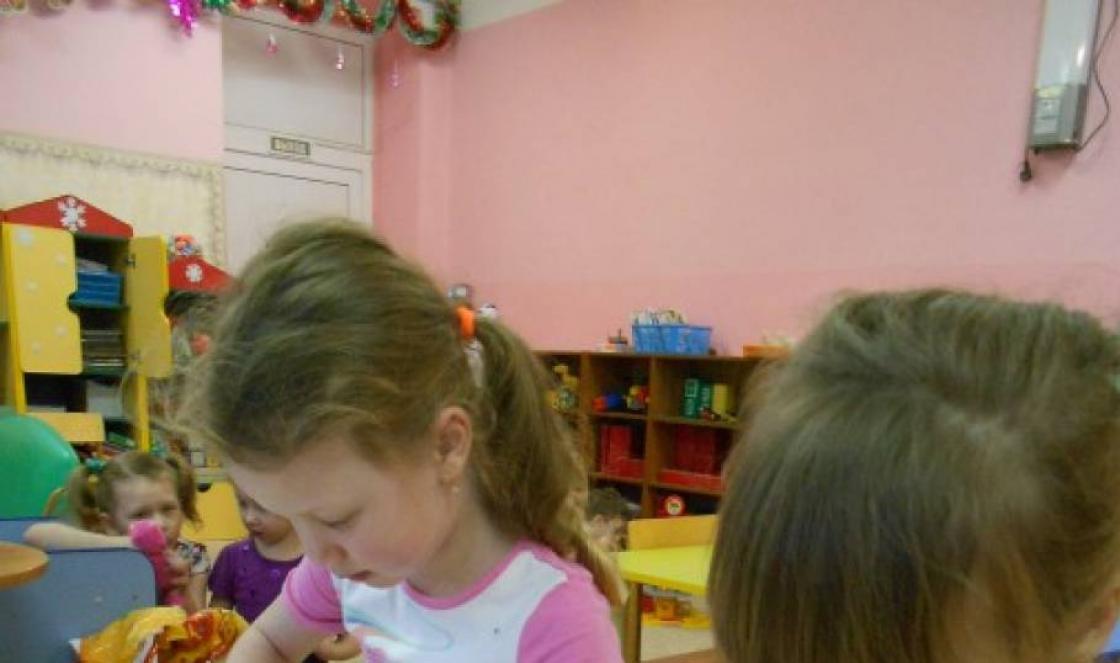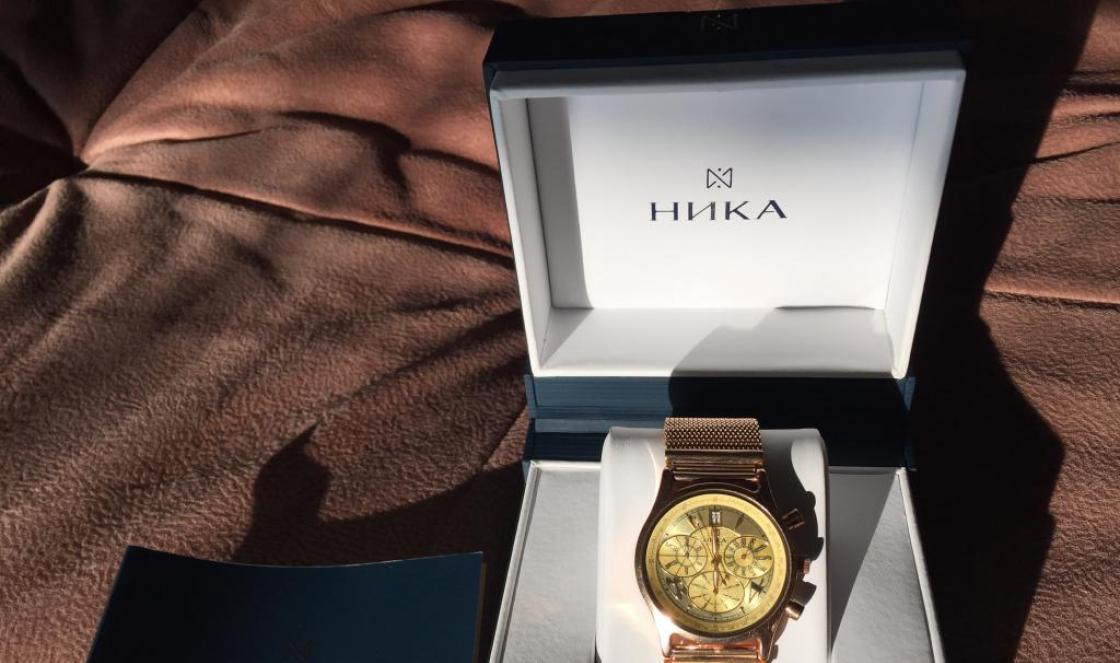- Silk fabric with impregnation, thanks to which the flower will keep its shape
- Batik paints
- Palette
- Brush
- Tweezers
- Awl
- Paper or newspaper
- Wire wrapped in paper
- PVA glue
- Paper tape for wrapping the body of the butterfly
- Soldering iron attachments - single blade and narrow heel
- 2 soldering irons
- Rubber cushions hard and medium covered with fabric
- Glitter (sparkles)
Operating procedure
- We cut out the wings of the future butterfly from silk. We choose the shape of the wings arbitrarily. Drop-shaped holes can be made in the center of the wing.
- We paint the wings with purple and gray paint. Blurring paint at the border of color mixing.
- After the wings have dried, from the wrong side, using PVA glue, glue the wire in the center of the wing.
- Using a soldering iron attachment—a single knife—on a hard pad we draw the veins on the butterfly’s wings from the front side.
- Using a soldering iron attachment with a narrow heel, from the wrong side we add volume to the edge of the wing. We also go along the edges of the holes.
- Collecting a butterfly. We take an awl and wrap wire, pre-painted gray, around it. This will be the body of the butterfly. We make the antennae in the same way, only we straighten the wire a little.
- Lubricate the wire with PVA glue and dip it in glitter. The result is the flickering body of a butterfly.
- We apply all the wings and whiskers to the butterfly’s body one by one and secure it with thread. Apply PVA glue to the resulting wire leg and wrap it with a ribbon of silver paper.
- We straighten the wings and straighten the antennae. The butterfly using the “Living Flower” technique is ready. If you wish, you can make additional wings from lace and decorate the butterfly with feathers. And instead of glitter for the body of the butterfly, you can use beads
Treatment of fabric with gelatin
Before processing with gelatin, the silk that you brought from the store is necessary! wash in soapy water, rinse thoroughly, dry, after the silk fabric is dry, do not iron. Cut the fabric into pieces no more than 60-70 cm long and 30-40 cm wide. Dilute the gelatin solution at the rate of 3 tsp. gelatin per 200 ml of cold water, let it brew for about 1 hour. After that, pour the infused solution into a water bath and heat it, stirring occasionally, until the lumps of gelatin dissolve. Do not bring to a boil! Make sure that no foam forms; stir without foaming. After you get a homogeneous, very hot (but not boiling, otherwise the gelatin will lose its properties) liquid, remove from the heat and go to the bathroom, where you have already pre-stretched a thin fishing line or thread. After waiting a little until the solution cools down to a state where your hand can tolerate it, dip the pieces of silk into the solution and wait until the fabric is completely saturated. Next, take the fabric out of the solution by taking it by the corner and do not squeeze it, but pull the fabric between your slightly squeezed thumb and forefinger, as if removing excess gelatin into a container. (If you squeeze the fabric, you will deform it - one, and bubbles from gelatin will appear on it - two, and this is not very good). Carefully straighten a piece of fabric and hang it on a fishing line in one layer, securing it at the top edge with needles or pins. (Under no circumstances hang the fabric like linen, folded in 2 layers: after drying, the fabric will stick to each other and will be unsuitable for making flowers and butterflies!)
If you soak a fairly large number of pieces of fabric with gelatin and stretch several lines, then make sure that there is a distance of at least 20 cm between the lines so that adjacent pieces of fabric do not stick to each other. Be careful with the satin, because... This fabric, when drying, tends to curl up at the edges into a tube, so periodically come up and straighten the satin so that when folded, it does not stick to itself or to neighboring pieces of fabric.
Once the fabric is dry, do not iron! Dry scraps of fabric can be rolled into a tube and stored in a box like scrolls.




























Today I offer you, my dear readers and young creators, a master class! Let's do it with your own hands beautiful butterfly.
To make a butterfly we will need:
2 squares of fabric, ranging in size from 6 to 15 cm for the wings (colorful, colorful scraps, cotton fabric is good for this craft)
A strip of fabric for the body 2-3 cm wide and 12 – 15 cm long
Threads
Wire for antennae (or threads). IN master class Stamens are used for artificial flowers.
Mustache beads
We start by preparing the body of the butterfly.
For the body you need a narrow strip of fabric. Fold it in four or roll it into a tube. To prevent the fabric from unraveling, you can fasten it with pins.



Fold the strip in half and tie it with thread.

Or we twist it with wire with beads at the ends.

The antennae are in place.
Now we need to form the head of the butterfly. It is better to secure the head with two knots. Don't cut the threads!

We make the wings from squares.

We take one square and fold it with a scarf, diagonally. We assemble the fabric with an accordion.


We insert the finished part between the front and back halves of the body.

Try to place the wings as close to the neck as possible.

We fasten the wings with threads, wrap them around them on all sides, as if drawing a figure eight. As a result, you get a cross on the front and back sides. Be sure to tie two knots.

Using the same principle, we attach the lower wings.

Having secured the lower wings, cut off the threads. But take your time, you can leave the threads. The kids play with the butterfly with great pleasure, waving and swinging it in different directions.

Spread the wings. The butterfly comes to life and the fun game begins!

You can use the finished beauty as a decoration. Sew it to the hair elastic.
Also butterfly can be used as a brooch. Or decorate a gift box. And if you insert a skewer into the butterfly, you will get an excellent decoration for a flower pot.
Or maybe you have more ideas? Then make your own butterflies and tell us!
These butterflies are very beautiful and funny, any child will like them and will attract his attention. They are similar to natural butterflies in the color of their wings, but unlike living butterflies, they will not be able to fly away or die when clapping their hands when a child catches them. Inside each of them there are funny rattles that rustle with any movement of the toy; The butterflies are also suspended from a pencil by threads and can be wound up if the child gets tired of playing with them.
To make these butterflies you will need:
- Black fabric and blue fabric;
- Black, red or brown fabric with a fleecy surface;
- Threads of red, white, blue and black colors;
- Ribbon from under the bow, needle, large bead;
- Scissors, glue, cotton wool or padding polyester;
- White cardboard paper;
- Colored paper;
- Pencil or stick for hanging toys;
- Carbonated drink lids, thick cardboard, beads of different sizes.
To make the butterfly bodies, I took fabric from the headdress, cut out samples of the bodies and sewed them on the outside, leaving a small indentation at the front of each, in the neck area. And then she filled it with cotton wool, using tweezers (tweezers help to push the filler further into the thin and narrow hole):

I then started creating the heads; I decided to make rattles for them from carbonated drink caps. Having filled with beads, we cover them on top with pieces of cardboard made to size specifically for them. But I was missing one cap from a carbonated drink, and I decided to take an oblong cap from a perfume bottle instead.

It would be most convenient to glue lids filled with beads with super glue, but it can be toxic for children. Regular glue would also not be suitable due to the fact that it is not reliable and is applied too widely on the surface of the paper, which is why the beads can stick to the lid; I chose to glue the lids together with clear tape.
We make outer shells of green rattles from black fabric, such as those shown in the photo:

First, you should join the intermediate sides in each round shape with a seam, and then sew them together, putting them on the rattle:


Now we sew the heads to the bodies of the toys (for this we needed to leave a small indentation near the bodies in the neck area):

Now we take a pink bow and create folds in it so that the bow becomes fluffy. Then, having straightened the folds, we divide it into three equal parts, after which we sew it to the toys:


Cut out wings, antennae and eyes from cardboard:


We glue the eyes to the head, and then, having made a small hole in the fabric of the toy’s head, we insert it inside and glue it, after which we sew up the hole made for inserting the antennae:


Next, we sew the cardboard wings of the butterflies and give them color. I chose black, yellow and green colors and painted the wings, giving them the color of natural whites that exist in nature. Here is a view of the wings from the front:

Here's a view of the wings from the back:

Sew the wings to the butterflies:

Now let's get down to making a bow from blue fabric. Taking the fabric, fold it so that it becomes narrow, and then sew it with a fine stitch on the outside.
We continue the series of demonstrations of a master class on socks. You are provided with an original DIY Butterfly craft. First, we will create all the necessary patterns, and then we will sew the toy. You will simply be captivated by this fantastic activity.
The result is the smiles of children and the delight of loved ones from looking at the finished Butterfly.
How to cut and sew a Butterfly toy with your own hands
You will need:
- pair of socks
- reinforced threads
- floss threads
- piece of felt
- 2 beads
- satin ribbons and lace
- holofiber or synthetic fluff
Operating procedure:
- Place your toes with your heels facing up. Cut off the front part and make a cut along the center line: on one sock - about 2 cm short of the heel, on the second - all the way to the heel. Cut off the top of the first sock. A larger piece will be needed for the Butterfly’s body, a smaller one for the head.

2. Turn the parts inside out and use a back stitch to connect the sections, as shown in the photo. Turn out and stuff the pieces. Bend the elastic band down on your torso.

3. Pull up the head hole. Connect the body and head with a hidden seam. Fold the elastic upward.

4. Tighten the sides of the body in the same way as doing the arms.

5. Tie the protruding parts on the head with satin ribbons. The butterfly already has ears.

6. From a piece of felt, cut out wings suitable in size and shape for the Butterfly. You can choose any color of the material at your discretion.

7. Finish the edges of the wings with a contrasting thread using an over-the-edge stitch. Attach the wings to the body. Our toy already has wings.

8. Cut an oval from the remaining fabric. Its length should be approximately equal to the height of the middle part of the wings.

9. Sew the part to the wings with hidden stitches, having previously tied it with thread and stuffed it with holofiber or synthetic down, as was described for the voluminous eyes and nose.

10. Cut out two circles for the eyes from felt. Attach them with an overcast stitch, having previously secured them with pins.

11. Add pupils from beads, embroider the mouth, tie a ribbon around the neck. Decorate the detail on the wings with horizontal stitches, as in the photo.

12. Soft toy Butterfly, made by yourself, ready.

You can make many of these Butterflies and give them for their intended purpose. They will take everything and say thank you.
Review of examples of toys made from socks (video)
It is good to sew such soft toys with the presence of children. Let it be a girl or even a boy. Boys love to cut things out with scissors and reason at the same time.

Girls need to be able to work with both scissors and a needle; this will be useful to them in their future studies and family life.

And only attentive parents and grandmothers will teach them this.







